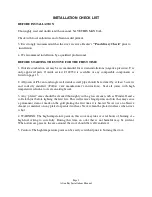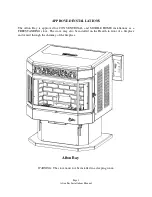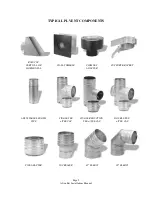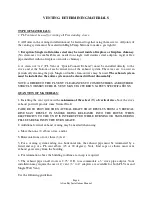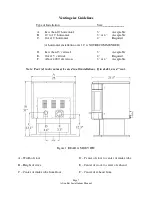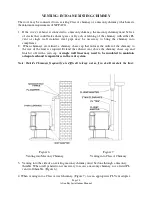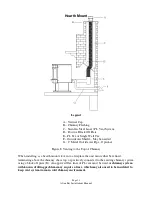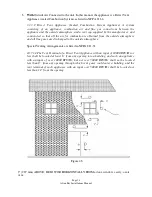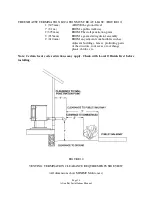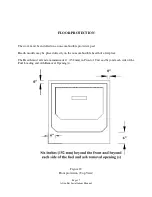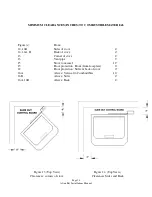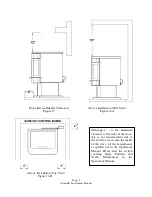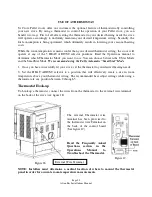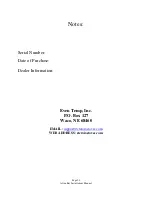
Page 10
Afton Bay Installations Manual
VENTING: INTO AN EXISTING CHIMNEY
The stove may be connected to an existing Class A chimney or a masonry chimney which meets
the minimum requirements of NFPA 211.
1.
If the stove’s exhaust is connected to a masonry chimney, the masonry chimney must be free
of cracks that could leak exhaust gases or fly ash. A relining of the chimney with either PL
vent or single wall stainless steel pipe may be necessary to bring the chimney into
compliance.
2.
When chimneys are relined, a chimney chase cap that reduces the outlet of the chimney to
the size of the liner is required. Extend the exhaust vent above the chimney chase cap and
finish it off with a rain cap.
A single wall liner may need to be insulated to maintain
adequate exhaust temperatures in the vent system
Note: Outside Chimneys frequently are difficult to keep warm, if in doubt insulate the liner.
Figure 6.
Figure 7.
Venting into Masonry Chimney
Venting into Class A Chimney
3.
Venting into the side of an existing masonry chimney must be done through a masonry
thimble. When wall penetration is necessary to access a masonry chimney, use a listed PL
vent wall thimble. (Figure 6).
4. When venting into a Class A steel chimney, (Figure 7), use an appropriate PL Vent adapter.



